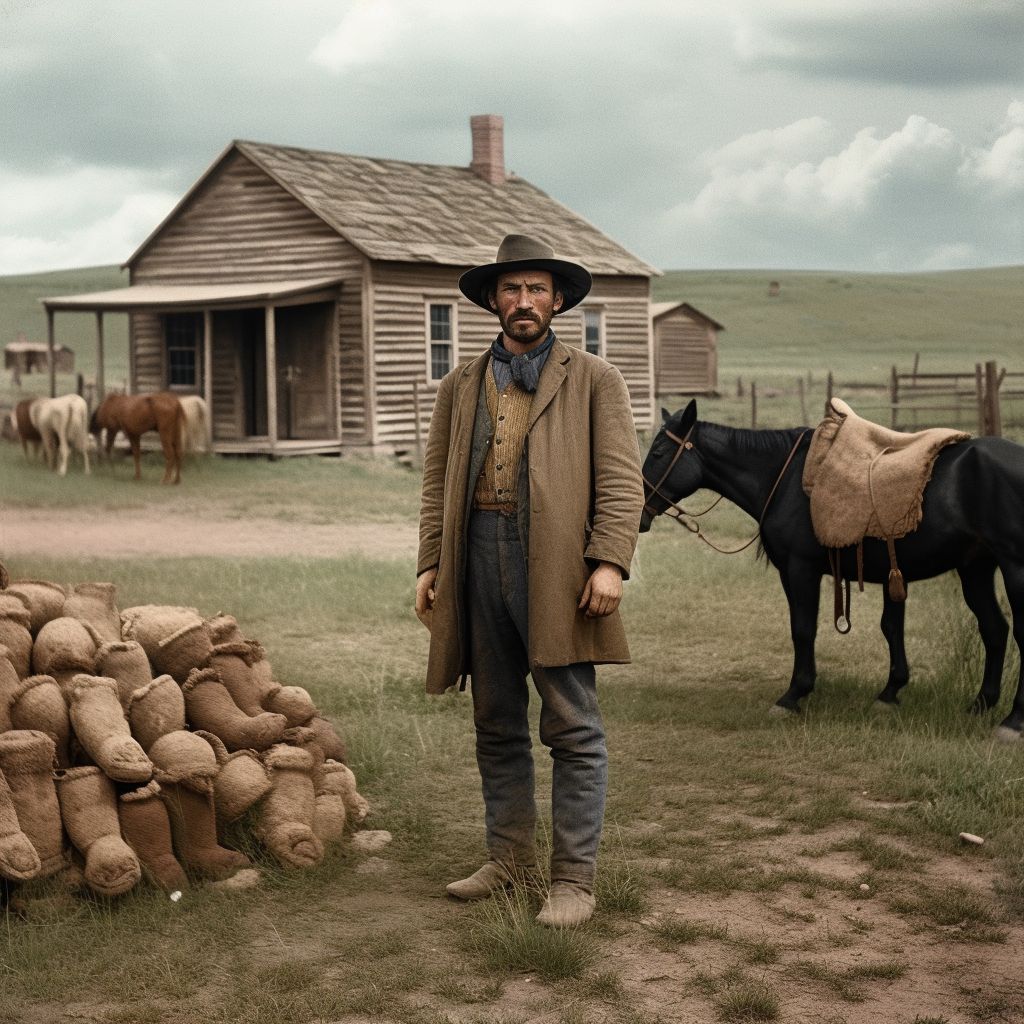Rancher
Ranchers have long been a vital part of American society, contributing significantly to the growth and development of the nation. In the 19th century, they played a crucial role in the westward expansion, as they sought out new lands for their livestock and helped to tame the rugged frontier. With the advent of auto sapient automatons in the 1870s, the ranching profession experienced a profound transformation, embracing new technologies to improve efficiency and adapt to the changing landscape of the American West.
The Role of Ranchers
Ranchers in the 19th century were responsible for raising and managing large herds of cattle, horses, and other livestock. They were skilled in various aspects of animal husbandry, such as breeding, feeding, and maintaining the health of their animals. Ranchers also played a crucial role in supplying the nation with meat, leather, and other essential goods.
Ranching was a demanding profession that required physical strength, resourcefulness, and a deep understanding of the land and its resources. Ranchers faced numerous challenges, from unpredictable weather to conflicts with other settlers and Native American tribes. They were often required to travel long distances, driving their herds across vast expanses of open range to reach new grazing lands or markets.
The Impact of Automatons
The development of auto sapient automatons by Morgan's Mechanicals and Morgan's Automatons in the 1870s brought about significant changes for ranchers. These advanced machines were capable of performing various tasks, from herding livestock to maintaining fences and irrigation systems.
For many ranchers, the introduction of automatons offered an opportunity to improve productivity and reduce labor costs. Auto sapient automatons could be used to monitor the health and well-being of livestock, allowing ranchers to focus on other aspects of their operations. Additionally, the advanced technology enabled more efficient use of land and resources, as the automatons were able to optimize grazing patterns and minimize waste.
However, the adoption of auto sapient automatons also presented challenges for some ranchers. The high cost of these machines placed them out of reach for many smaller operations, leading to concerns about the widening gap between large, well-funded ranches and their smaller counterparts. Moreover, the transition to automaton-assisted ranching raised questions about the long-term impact on traditional ranching skills and the role of Human labor in the profession.
Conclusion
The rancher profession in the 19th century was a cornerstone of the American West, shaping the landscape and culture of the region. With the arrival of auto sapient automatons, ranchers found themselves at the forefront of a technological revolution that promised both opportunities and challenges. As the era of automatons continued to unfold, ranchers adapted to this new reality, incorporating advanced technology into their operations while preserving the spirit of independence and resourcefulness that defined their profession.
Type
Agricultural / Fishing / Forestry

